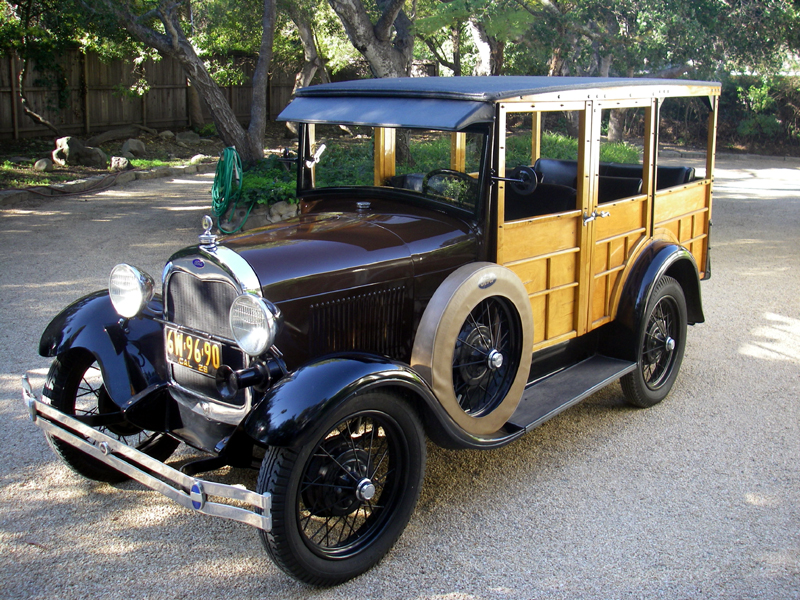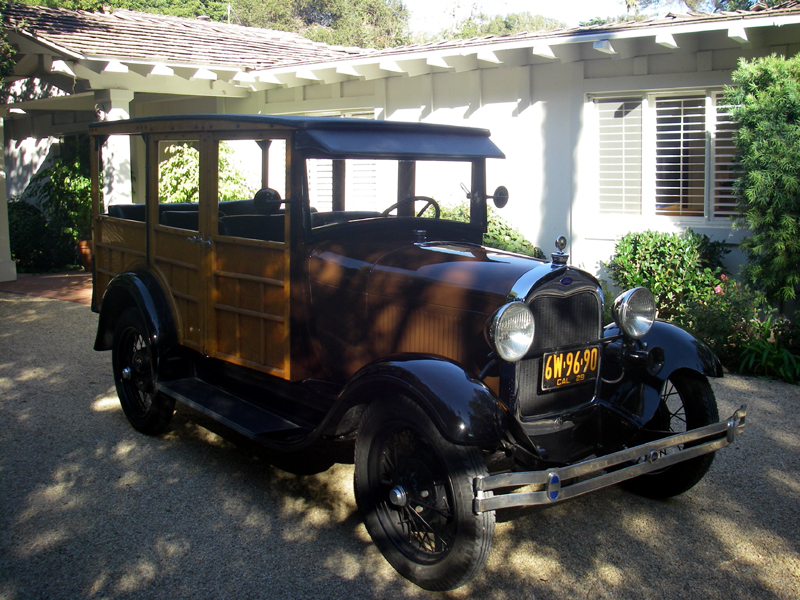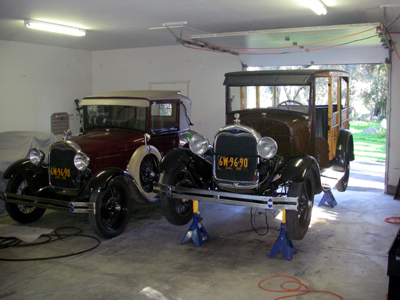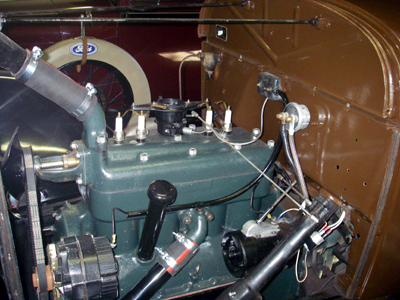 |
 |
 |
 |
1929 Ford Station Wagon
Ford's First Station Wagon
This
was the first year station wagons were produced and only 4,954 were made
in 1929
The
wood is the factory original maple & birch from Henry Ford's own Iron
Mountain forest.
 |
 |
 |
 |
|
Ford's Iron Mountain facility produced all the wood components necessary for the Model A and subsequent woody wagons. Frames were made from hardwood maple while birch was typically used for side panels. Over 445 board feet of lumber went into the Model A station wagon. Waste wood from Ford's Iron Mountain mill were processed by a separate division of the automaker, its most famous product being charcoal briquettes which would eventually bear the Kingsford name. Ford built less than 5,000 woodies in 1929, and by 1940 the company was selling 13,000 wood station wagons annually, over four times more than its nearest rival, Chevrolet. It would continue to be dominant woody manufacturer until 1954. |